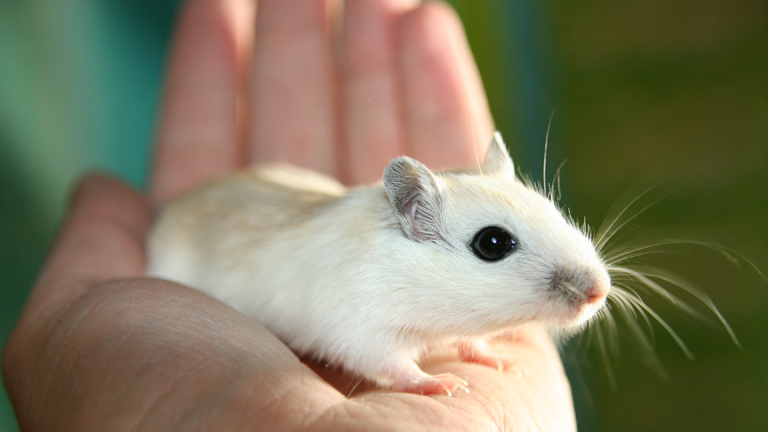
somatosensory cortex:How come whiskers are so sensitive?
The decisive factors are not the whiskers themselves but something else.
Researchers at the Ruhr-Universität Bochum have shown that the interaction between cells in the sixth layer of the primary somatosensory cortex and another region of the brain – the thalamus – plays a crucial role in rodents’ ability to assess their surroundings by means of their whiskers. François Pauzin and Prof Dr Patrik Krieger from the Department of Systems Neuroscience describe their research in the journal Cell Reports published on May 1, 2018.
Dynamic processing-loops
Krieger and Pauzin have examined the primary somatosensory cortex – the first processing station for tactile information in the cerebral cortex. It consists of six layers, containing different cell types. The sixth layer contains large neurones, which are called pyramidal cells due to their shape. They connect the cortex with lower level thalamus.
The activity of this cortex-thalamus-processing-loop changes depending on the behavioural context and the layer 6 pyramidal cells play a key role in regulating the activity in this loop. In order to find out more about the impact of this dynamic interplay, the neuroscientists examined genetically modified mice whose pyramidal cells can be controlled by means of light.
More accurate but less sensitive
When the researchers activated the pyramidal cells, the spontaneous activity of other neurones in the cerebral cortex and the thalamus changed, rendering the system more accurate. It is thus less likely to cause false alarm, and only respond to genuine signals, triggered by stimuli to the whiskers. This, however, comes at the expense of the sensitivity: it is more likely that a neurone misses a genuine signal.
“Our study provides insight into how the brain copes with one of its most fundamental tasks: picking out the information most relevant to a specific behavioural situation from the constant and overwhelming input of stimuli,” says Patrik Krieger. “For this process, the dynamic interaction between cortex and thalamus is crucial.”
Contact:
Prof. Dr. Patrik Krieger
Department of Systems Neuroscience
Faculty of Medicine
Ruhr-Universität Bochum
Tel.: 0234 32 23898
E-Mail: patrik.krieger@ruhr-uni-bochum.de
